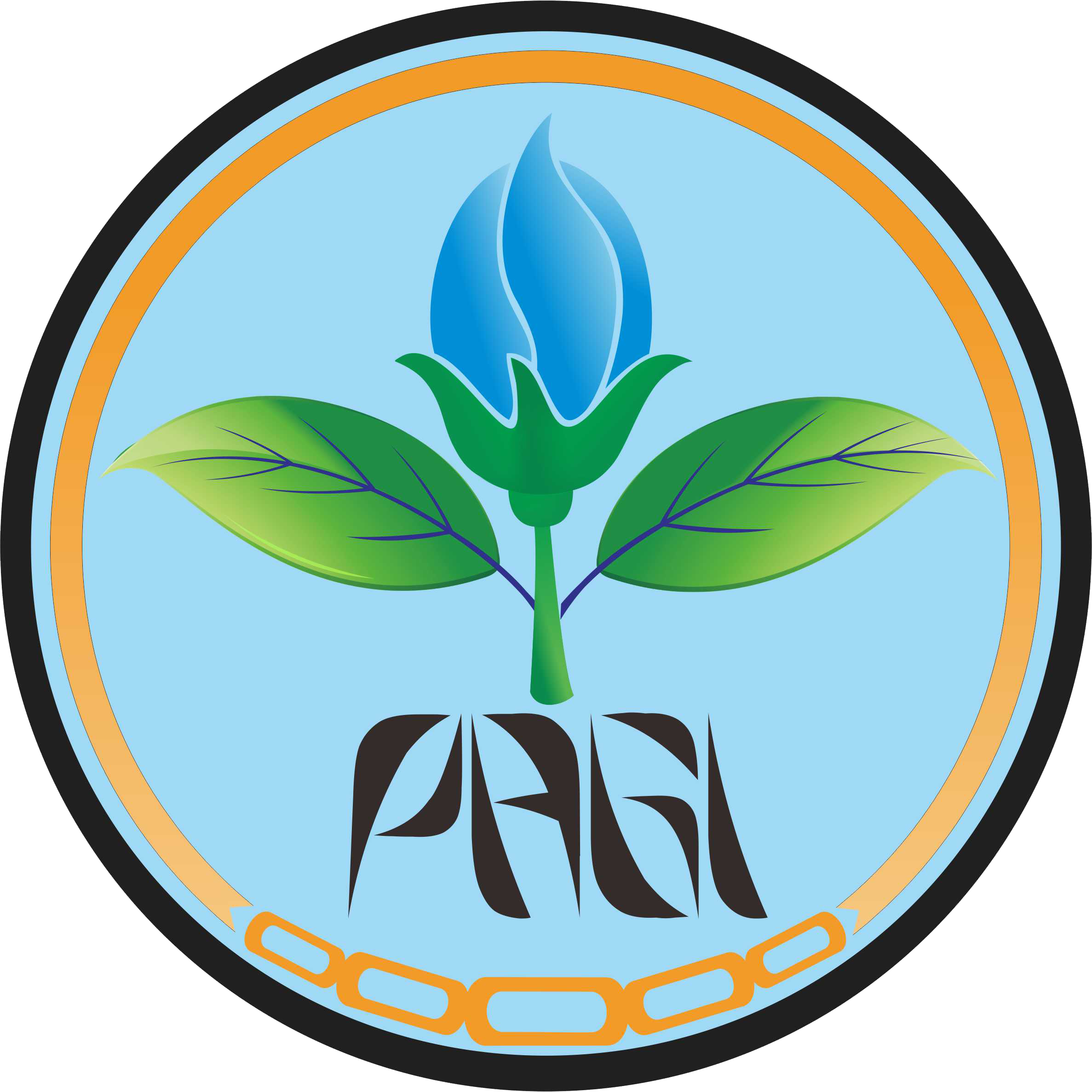Penerapan Model Regresi Bertatar dalam Penentuan Hasil Tanaman Sorgum
Abstract
Keywords
Full Text:
PDF(ID)References
Akomo PO, Egli I, Okoth MW, Bahwere P, Cercamondi CI, Zeder C, Njage PMK, Vo O. 2016. Estimated iron and zinc bioavailability in soybean-maize-sorghum ready to use foods: effect of soy protein concentrate and added phytase. J Food Process Technol. 7(2).
Andriani A., Isnaini M. 2013. Morfologi dan Fase Pertumbuhan Sorgum. In: Sorgum : Inovasi Teknologi dan Pengembangan. Jakarta: IAARD Press. Badan Penelitian dan Pengembangan Pertanian. Kementerian Pertanian. p. 47–68.
Aqil M, Bunyamin Z. 2013. Pengelolaan Air Tanaman Sorgum. Sorgum: Inovasi Teknologi dan Pengembangan. Bogor: Pusat Penelitian dan Pengembangan Tanaman Pangan. ISBN: 978-602-1250-47-5. p.188-204.
Azrai M, Human S, Sunarti S. 2013. Pembentukan Varietas Unggul Sorgum untuk Pangan. Sorgum : Inovasi Teknologi dan Pengembangan. Bogor: Pusat Penelitian dan Pengembangan Tanaman Pangan. ISBN: 978-602-1250-47-5. p.107-137.
Balitsereal. 2017. Pedoman Teknis Budidaya Tanaman Sorgum. Unpublished.
Chatterjee S, Hadi AS. 2006. Regression Analysis by Example. Hoboken, NJ, USA: John Wiley & Sons, Inc. (Wiley Series in Probability and Statistics). doi: 10.1002/0470055464.
Dicko MH, Gruppen H, Traoré AS, Voragen AGJ, Van Berkel WJH. 2006. Sorghum grain as human food in Africa: relevance of content of starch and amylase activities. African J Biotechnol. 5(5):384–395.
Du Plessis J. 2008. Sorghum production. Republic of South Africa Department of Agriculture. https://www.nda.agric.za.
Fahrmeir L, Kneib T, Lang S, Marx B. 2013. Regression Models. In: Regression. Berlin, Heidelberg: Springer Berlin Heidelberg. p. 21–72. doi: 10.1007/978-3-642-34333-9_2.
Farhood Al-salim SH, Saleh MM, ALbourky RHA, Abdulrahman AL. 2017. Correlation and regression analysis in sorghum under different levels of nitrogen. J Sci Agric. 1:69. doi:10.25081/jsa.2017.v1i0.31.
Goldsworthy PR, Fisher NM. 1992. Fisiologi Tanaman Budidaya Tropik. Tohari (Penerjemah).
Gomez KA, Gomez AA. 1984. Statistical procedures for agricultural research. 2nd ed. An IRRI Book. John Wiley & Sons.
Hundekar MYR, Kamatar, Mallimar M, Brunda SM. 2016. Correlation and path analysis in rainy season sorghum [ Sorghum bicolour (L.) Moench]. Electron J Plant Breed. 7(3):666. doi:10.5958/0975-928X.2016.00085.5.
Hunter EL, Anderson IC. 1997. Sweet sorghum. Janick J, editor. John Wiley & Sons, Inc.
Kaplan M, Rukiye K. 2014. Sweet Sorghum (Sorghum bicolor L.) Yield Parameters as Affected by Physiological Characteristics. Erciyes Üniversitesi Fen Bilim Enstitüsü Fen Bilim Derg. 30(2):115–122.
Keith TZ. 2014. Multiple Regression and Beyond: An Introduction to Multiple Regression and Structural Equation Modeling. 2nd ed. Routledge Pub, Taylor and Francis New York.
Kementerian Pertanian. 2020. Perencanaan Pembangunan Pertanian Tahun 2021. Jakarta.
Martin JH. 1970. History and classification of sorghum Sorghum bicolor (Linn.) Moench. Sorghum Prod Util.:1–27.
Mokashi DD, Jadhav JD, Khadatare S V, Deshpande AN. 2008. Crop weather relationship in rabi sorghum. Int J Agric Sci. 4(1):138–141.
Pabendon MB, Mas’ ud S, Sarungallo RS, Nur A. 2012. Penampilan fenotipik dan stabilitas sorgum manis untuk bahan baku bioetanol. J Penelit Pertan Tanam Pangan. 30(1):60–69.
Park HM. 2003. Multicollinearity in regression models. Jeeshim and KUCC625.
Sankarapandian R. 2000. Correlation and path analysis of quantity and quality traits of fodder sorghum hybrids and their parents. Andhra Agric J (India). 47:191–196.
Shoaa Hosseini M, Khorasani SK, Farsi M. 2008. Study effects of water deficit stress on yield and yield components in some maize hybrids using path analysis. J Agric Sci. 18:71–85.
Stone LR, Schlegel AJ. 2006. Yield-Water Supply Relationships of Grain Sorghum and Winter Wheat. Agron J. 98(5):1359–1366. doi:10.2134/agronj2006.0042.
Tesso T, Tirfessa A, Mohammed H. 2011. Association between morphological traits and yield components in the durra sorghums of Ethiopia. Hereditas. 148(3):98–109. doi:10.1111/j.1601-5223.2011.02229.x.
Weisberg S. 2013. Applied Linear Regression 4th Edition. Wiley. School of Statistics University of Minnesota Minneapolis, MN. Canada.
Refbacks
- There are currently no refbacks.






